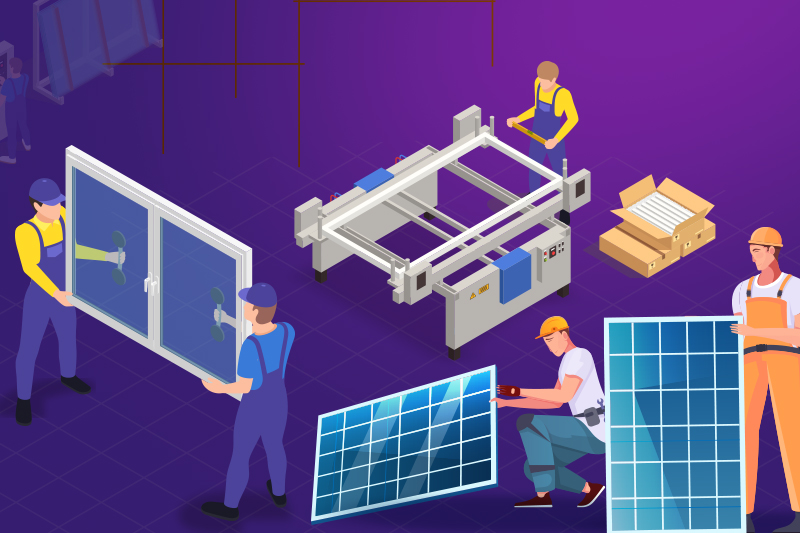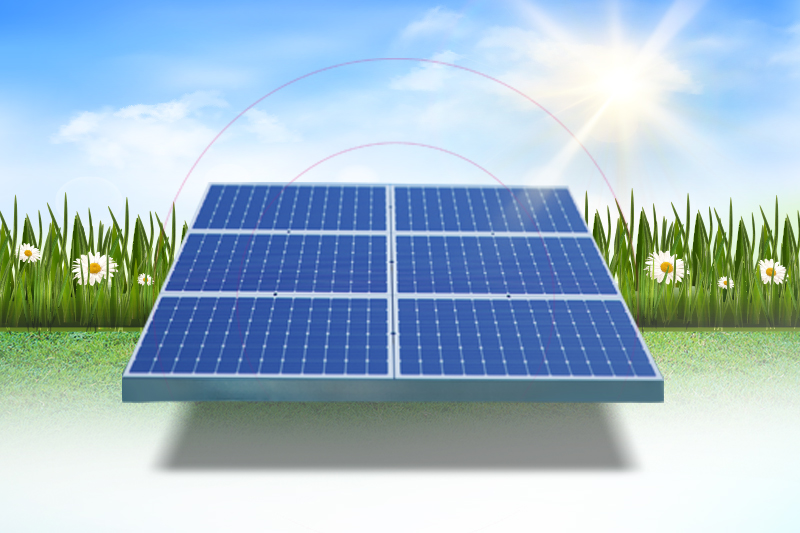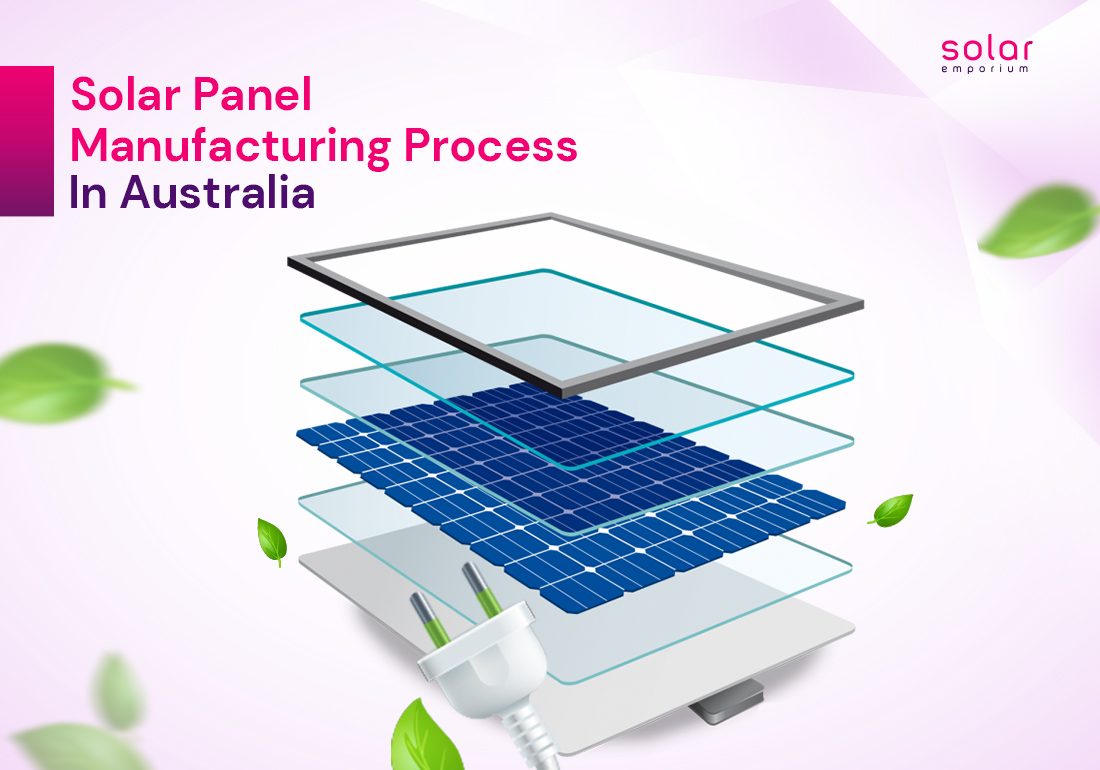The demand for solar panels continues to grow each year. Certain solar panel manufacturers in Australia choose a manual method for producing solar panels. Others prefer full automation to ensure the highest quality standards.
Solar panels are composed of solar cells that transform sunlight into electrical energy. Silicon is the primary material used in producing solar panels. Many you see on rooftops are either monocrystalline or polycrystalline.
The solar panel manufacturing process in Australia determines the efficiency in the country. As more people transition to solar energy, it’s essential to understand how solar panels are created. This article will provide a complete overview, from the vital components to the machinery involved.
Background on Solar Energy
Solar panels have evolved significantly in terms of their effectiveness over the years. Before developing the first silicon photovoltaic cells in 1954, numerous scientists contributed to the growth of solar technology as we now know it.
The initial silicon cell was created in 1954. It had an efficiency of only 4%. However, as research advances, the efficiency ratings also continue to improve.
Today, the solar cells in use can meet the electricity needs of both commercial and residential properties. Solar panels are also increasingly generating power for businesses and industrial operations. It can soon become the primary energy source for powering economies.
Solar Panels Components for Manufacturing
A solar panel is a device composed of several elements that facilitate the conversion of sunlight into electricity while safeguarding it from external weather conditions.
The primary and essential element required for producing solar cells is pure silicon. Although, silicon does not occur in a pure form naturally. It is obtained from quartz sand through a high-temperature furnace process.
The principal source of obtaining pure silicon is natural beach sand. Despite its widespread availability globally, producing pure silicon is expensive.

- Solar Cells
- EVA Film
- Polymer Back sheet
- Tempered Glass
- Aluminium Frame
- Junction Box & Connectors
- Silicone Sealant
- Copper Ribbon
- Packaging Materials
Essential Machinery for Solar Panel Manufacturing
- Cell Testing Machine
- Laser Cutting Machine
- Solar Cell Stringer Machine
- Glass Loading Machine
- Soldering Machine
- EL Testing Machine
- Lamination Machine
- Solar Panel Frame Punching Machine
- Sun Simulator Testing Machine
Solar Panel Manufacturing Process
The production process requires precise and careful steps to ensure quality solar panels. So, how are solar panels made step by step?
The initial step in producing solar panels involves the purification of silicon, which comes from quartz sand. After obtaining purified silicon, it is mixed into solid formations, typically forming cylindrical ingots.
This fusion is accomplished within a specialised steel cylindrical furnace, carefully ensuring all atoms align according to the desired orientation and structure.
Production of Wafers
The subsequent stage in solar panel manufacturing follows the creation of ingots. The cylindrical ingot is meticulously sliced to produce wafers into thin, disk-shaped pieces.
This slicing process is typically conducted one at a time using a cylindrical saw. However, some manufacturers use multi-wire saws to cut multiple wafers simultaneously.
Thin silicon possesses a reflective quality that can cause light loss. Therefore, a thin anti-reflective coating is applied to these disks to reduce sunlight reflection.
This coating substance can be heated until its molecules evaporate. During sputtering, manufacturers employ high voltage to displace the molecules from the coating and deposit them onto the silicon.
The wafers undergo additional polishing to eliminate saw marks. However, some manufacturers opt to retain these marks as they contribute to increased efficiency.
Solar Cell Strings
The process begins by collecting essential raw materials near the assembly line, including solar cells, glass, and EVA film.
The solar cell is an essential raw material for solar panel creation, often found externally. Each box of solar cells contains 12 packets, each with 120 cells. In total, it will have 1440 cells.
These cells are removed from the box, loaded into a magazine, and placed in the stringer machine for forming cell strings. The same stringer machine is employed regardless of the desired solar panel type.
Robotic arms on this machine place the solar cells on a belt and attach ribbon layers. Then, the string is cut to the specified cell count based on input requirements. The solar string undergoes visual inspection for defects and proceeds to the subsequent stage.
Transforming Solar Cell Strings into Solar Panels
Another assembly line operates where toughened glass is readied, and an EVA film is applied before moving to the next phase. During this phase, robotic arms accurately position the solar strings onto the toughened glass and EVA film.
A panel with 72 cells is composed of 6 strings, each containing 12 cells. These partial solar panels are stacked and then managed by various manual teams.
The first team applies transparent tape to secure the string in position, a crucial step for maintaining alignment throughout the subsequent lamination process. The panel then advances to a team that performs soldering.
Excess materials left after soldering are removed by the subsequent team. The following section applies an RFID tag and brand logo to the panel.
Subsequently, the panel enters the final conveyor belt stage, where another layer of EVA film and a polymer sheet are applied atop it, along with an attached barcode. This barcode feeds panel data into a computer system.
Laminating the Solar Panel

Before lamination, the solar panels undergo an EL test that detects even the tiniest string cracks invisible to the human eye.
This test is essential as a defect found post-lamination leads to raw materials. Defective pieces are sent back for correction.
Following the EL test, the panels enter the lamination process. Stacks of panels are placed into the lamination machine. Each cycle laminates five solar panels in approximately 14–15 minutes.
Post-lamination, panels emerge from the machine at elevated temperatures and are cooled down by fans for 2 to 3 minutes.
Trimming and Visual Inspection of Solar Panels
After cooling, the panels undergo trimming to remove excess material from lamination, a manual process.
The next machine performs a visual inspection, meticulously checking each aspect based on a checklist. Only panels passing this inspection proceed to the subsequent stage.
Incorporating a Metal Frame
In the final assembly phase, frames are constructed according to size specifications, with manual and automated processes aligning the frame and filling sealant.
Subsequently, the frames are connected to the panel using a punching machine. A manual inspection confirms proper frame attachment.
Attaching a Junction Box
The final step involves attaching a junction box to the panel’s rear using the sealant. The panel is left to dry, allowing the sealant and frame to be fully set.
After drying, the solar panel undergoes cleaning to remove chemical and sealant stains that might affect its performance.
Solar Panel Testing
The panel proceeds to a sun stimulator machine for testing, simulating conditions necessary for panel assessment. The machine operates at a temperature of 25°C, with a power of 1000 watts per square meter and an airmass of 1.5.
Upon completion, the machine generates a test report, displaying the IV curve. This report is affixed to the back of the solar panels.
Packaging of Solar Panels
Following this, the brand logo, technical specifications, and warranty card are affixed to the rear of the solar panel.
At this point, the panels are fully prepared for packaging. They will be carefully packaged and dispatched to dealers and distributors who, in turn, provide them to consumers for utilisation in their solar projects.
Tests For Quality Assurance

Throughout the solar panel manufacturing process, a series of tests are meticulously executed to ensure the panels are defect-free and will deliver optimal performance throughout their operational life.
Maintaining rigorous quality control in the production of solar cells is crucial because variations in numerous processes and factors can hugely impact the overall efficiency of the cells.
The primary research objective is to discover methods to enhance the efficiency and longevity of each solar cell.
Here is a list of the tests conducted during solar panel manufacturing:
- Quality Assessment of Solar Cells
- Evaluation of Solar Cell-Ribbon Bond Strength
- Examination of EVA Film Gel Content
- Testing the Adhesive Strength Between EVA Film and the back sheet
- Testing the Adhesive Strength Between EVA Film and Glass
- Evaluation of Glass Loading
- Electroluminescence Test (EL Test) Prior to Lamination
- Assessment of Aluminium Frame Anodising
- Test for Junction Box Wire Resistance
- Evaluation of Junction Box-Sealant Bonding
- Sun Simulator Test
- High Potential Test
- Final Electroluminescence Test
Choose Solar Emporium as Your Solar Panel Experts
Manufacturing solar panels involves a combination of automated processes and manual labour. Automation plays a crucial role in achieving precision and maintaining product quality.
Moreover, maintaining a clean manufacturing environment and ensuring a swift production process is vital to meeting production targets and market demand.
As your solar expert, Solar Emporium has vowed only to provide quality solar panels. We also offer solar panels from the best solar panel manufacturers in Australia. Get a free solar quote today to enjoy solar energy at a convenient price.

